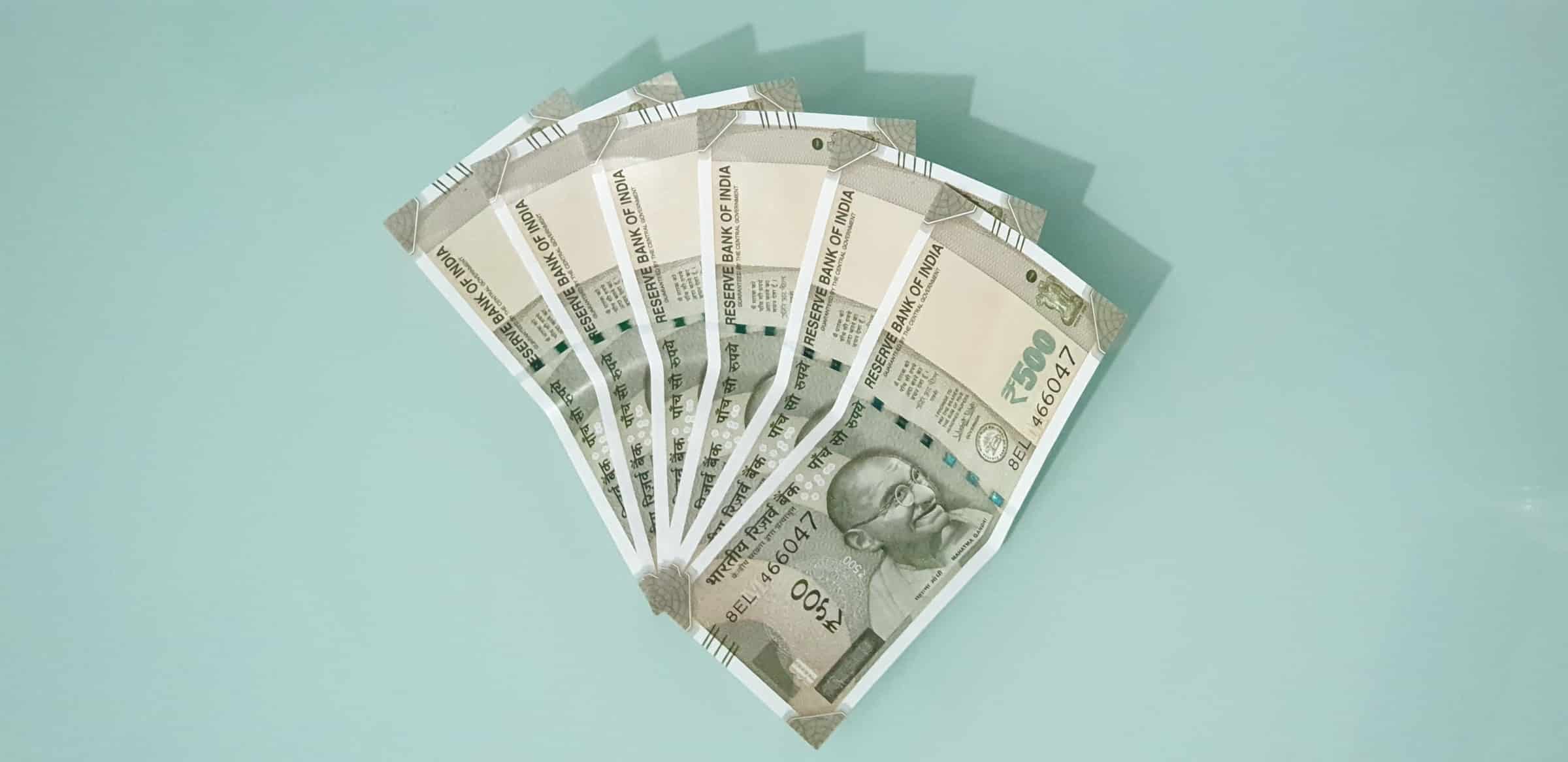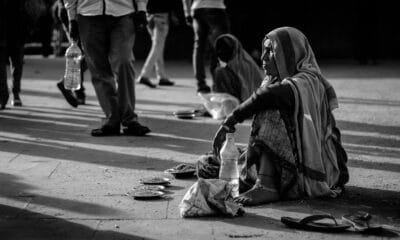Analysis
India’s risk-averse holding back credit when economy needs it most post COVID-19
Wary of the risks in the aftermath of the second wave of COVID-19 infections, India’s risk-averse lenders are emerging as one of the biggest hurdles to the nation’s recovery. The banks are “holding back credit when the economy needs it the most”.
According to S&P Global Ratings, Indian banking sector’s weak loans will likely remain elevated at 11%-12% of gross loans in the next 12 to 18 months, while credit losses should remain high at 2.2% before recovering to 1.8% in fiscal 2023.
Dinesh Khara, Chairman, SBI, told Bloomberg that it is a very fragile situation. He said the bank would not “compromise” on asset quality to achieve targets. Khara’s comments underline the biggest obstacle to both credit off-take and economic growth, pegged at 9.5% this year, already reduced from the central bank’s previous forecast of 10.5% and following an unprecedented contraction in 2020. S.S. Mundra, a former deputy governor of RBI, believes credit is necessary and probably the most important ingredient for economic growth. However, it doesn’t help India’s case due to bad loans. Adding to that is the rescue of two lenders and bankruptcy of two more over the past couple of years.
Deepali Seth Chhabria, credit analyst at S&P Global, said the second COVID-19 wave has front-ended weakness in asset quality. “Financial institutions face a strained first half amid weak collections and poor disbursements.” The Union government had recently announced support for the microfinance and tourism sectors that should help struggling borrowers.
More than Rs 1.7 trillion, as per SBI research, worth of debt was pared last year. SBI’s chief economist Soumya Kanti Ghosh wrote that refineries, steel, fertilizers, mining and mineral products as well as textile companies alone reduced debt by more than Rs 1.5 trillion, with the trend continuing this year. Teresa John, economist at Nirmal Bang Equities Pvt, Mumbai, said any meaningful recovery beyond a 10% growth in credit demand will require a substantial turn in the private capex cycle, which still seems sometime away as corporates are focused on deleveraging. John forecasts GDP growth of 7% this year, which is at the lower end of a Bloomberg survey with consensus at 9.2%.
Also Read: Teachmint raises $20 mn in Pre-Series B round led by Learn Capital
S&P Global says a COVID resurgence involving new and potentially aggressive variants, and a vaccine rollout that undershoots our current expectations, remain the key downside risks. Limited vaccine supplies and people’s reluctance to take doses have held back India’s inoculation program. “Fully vaccinating roughly 70% of the country will likely take at least until the first half of 2022, which leaves the economic recovery highly vulnerable to COVID setbacks, particularly if fresh outbreaks trigger new lockdowns,” it said.
The ratings agency added that banks have much to digest in the quarter ahead. “The credit that banks extended fell by about 1% in the first two months of this fiscal year. The drop was largely seasonal, there were similar declines in the same period for fiscals 2018 and 2019. That said, strains on finance companies can go beyond this seasonal effect.” It said that the collection efficiency, due to lockdowns, for several finance companies fell by up to 5-15% in April and May. Lenders catering to prime borrowers were generally less affected. Small and medium enterprises (SMEs) borrowers, which comprise about 17% of total loans and low-income households have been most affected.









































Pingback: SEBI bars Allegro Capital Pvt Ltd and its CEO for a year.